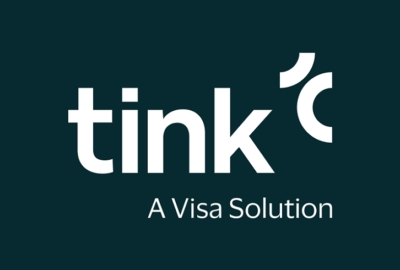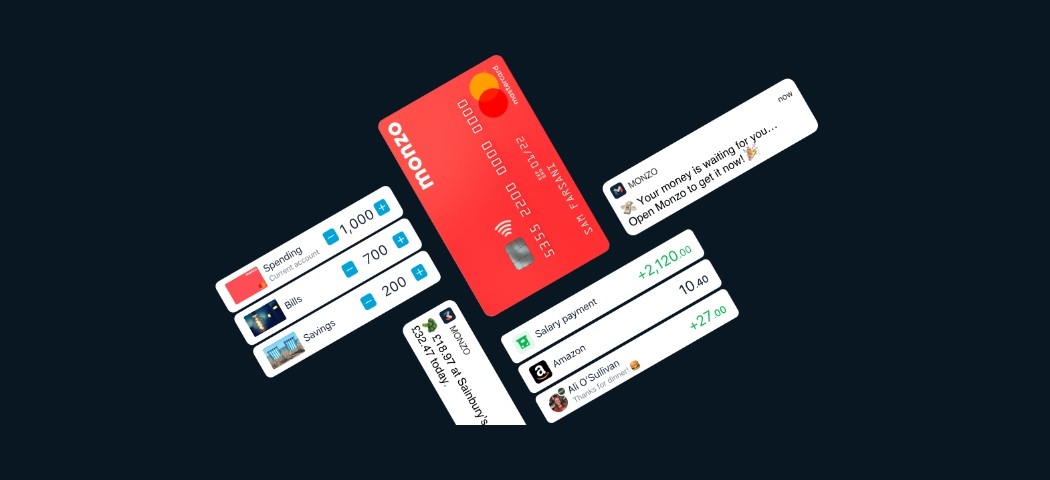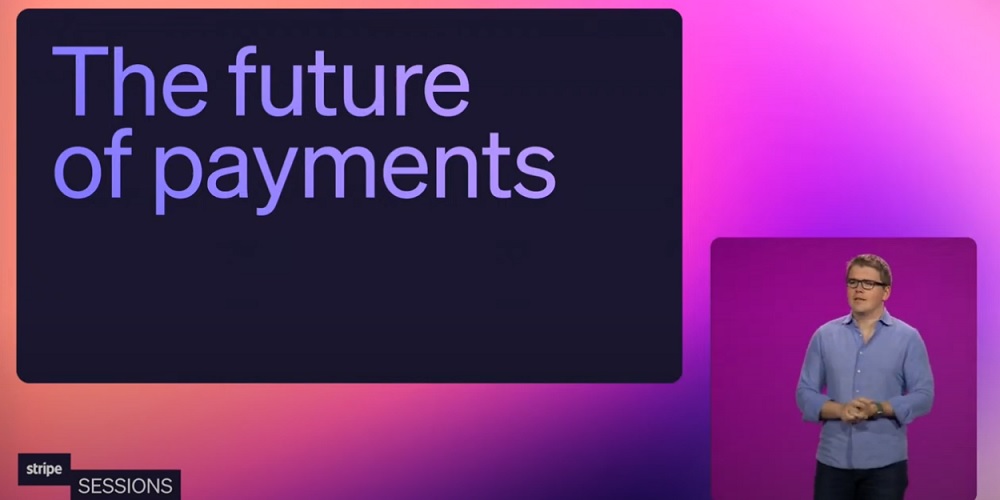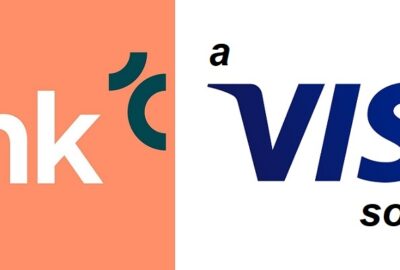Brand Finance report: Banca Transilvania rank amongst top 3 strongest brands globally. Its brand value increased from USD 174 million in 2018 to USD 686.5 million in 2024.
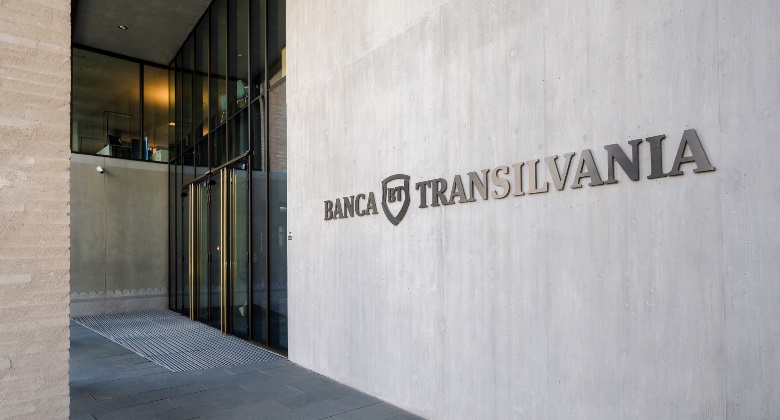
Banca Transilvania’s brand value increased by 34% compared to 2023 and reached USD 686.5 million, climbing 44 places in the ranking, to position 252. Last year, the bank was ranked 297th with a value of $513 million. Banca Transilvania entered the Brand Finance Banking 500 top in 2018, on the 486th place, with a brand value of USD 174 million.
The combined value of the world’s top 500 most valuable banking brands has reached a record level of USD1.44 trillion, almost double what it was a decade ago, according to a new report from Brand Finance, the world’s leading brand valuation consultancy.
The Chinese banking sector demonstrates a notable recovery, with the ‘big four’ banks remaining well ahead of their US counterparts. ICBC (Industrial and Commercial Bank of China) maintains its position as the world’s most valuable banking brand for the eighth consecutive year, boasting a 3% rise in brand value to USD71.8 billion. China Construction Bank, Agricultural Bank of China, and Bank of China secure second, third, and fourth positions respectively, following single-digit percentage increases in each of their brand values.
Despite experiencing a minor decline (4%) in brand value, Bank of America retains the title as the leading US banking brand for the fourth consecutive year, and is ranked fifth position overall, boasting a value of USD37.3 billion. Meanwhile, Wells Fargo, positioned sixth overall, is narrowing the margin with its American competitor, marking a 9% increase to achieve a brand value of USD35.8 billion.
David Haigh, Chairman & CEO, Brand Finance commented:
„As the world’s top banking brands reach new heights, China’s mega-banks continue to dominate at the top of the brand value ranking. Another key insight from our 2024 data is that local banks increasingly outshine their larger counterparts in brand strength. Dominant brands thrive in singular markets with limited competition, while banks expanding into multiple markets may successfully augment their brand value but risk diluting brand strength.”
Only 11 of the top 50 countries experienced decreases in aggregate value, led by Russia (69%), Malaysia (20%), and Nigeria (14%). Unsurprisingly due the international sanctions imposed on Russia, the country’s two largest bank brands – VTB and SBER – have suffered the biggest falls in brand value by percentage, with 91% and 63% plunges, respectively.
Brand Finance’s research indicates that local and regional banks are performing as well as – and, in many cases, outperforming – global banks in terms of positioning their brand in the hearts and minds of customers. Indonesia’s BCA is the world’s strongest banking brand with a Brand Strength Index score of 93.8/100 and elite AAA+ rating. Three African brands, Equity Bank, First National Bank, and Kenya Commercial Bank, as well as Romanian Banca Transilvania all rank amongst top 5 strongest brands globally, earning AAA+ ratings.
According to the 2024 Brand Finance Banking 500 assessment, BT is one of the strongest banking brands in the world: it climbed to 3rd place from 7th place with an exceptional Brand Strength Index (BSI) of 92.3/100
Anders Olofsson – former Head of Payments Finastra
Banking 4.0 – „how was the experience for you”
„So many people are coming here to Bucharest, people that I see and interact on linkedin and now I get the change to meet them in person. It was like being to the Football World Cup but this was the World Cup on linkedin in payments and open banking.”
Many more interesting quotes in the video below:




